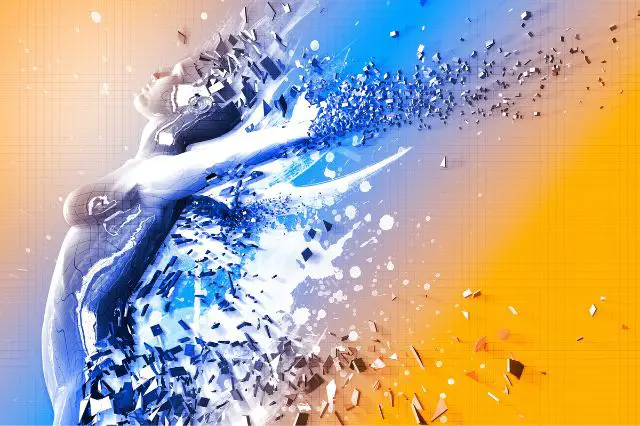From Concept to Completion: A 6-Step Guide to Creating 3D Art

The world of 3D art is vast and intriguing. Be it in gaming, animation, or even 3D architecture design, artists worldwide are pushing boundaries to bring visions to life in three dimensions. But how does one transform a simple idea into a visual masterpiece? Is it a sprinkle of magic or a methodical approach?
Let’s unravel this journey from concept to completion in six manageable steps.
1. Ideation and Conceptualization
Before diving into the world of 3D, it all begins with an idea. This is the foundation of your artwork. It’s like a seed that, with proper nurturing, will grow into a beautiful tree. The artist sketches, doodles, or jots down notes, ensuring that the core essence of the idea is clear. Think of it as plotting the route for a grand adventure, ensuring that the destination is vivid in one’s mind.
2. Drafting and Designing
Once the blueprint is ready, it’s time to design. Artists use basic shapes and structures in this phase to create a rudimentary model. Imagine molding clay. Initially, it’s just a lump, but as the artist carves and molds, the resemblance to the final product becomes apparent. The primary goal is to set the proportions right and ensure the foundational structures are robust.
3. Sculpting and Refining
Following the draft design, the artist enters the sculpting phase. This is where the rough model gets its details. Think of a block of marble and how a sculptor intricately chips away to reveal the statue within. Similarly, in 3D art, this stage is all about refinement. Details like facial expressions, clothing folds, or even the tiny patterns on a butterfly’s wings come to life.
4. Texturing and Coloring
A world without color is like a song without melody. At this juncture, artists focus on giving their models the right texture and hue. It’s akin to painting, but they’re working on a 3D model instead of a flat canvas.
Whether it’s the metallic sheen on a knight’s armor or the velvety surface of a rose petal, the right texture can elevate the artwork’s realism. Texturing involves applying images or patterns to the model’s surface to mimic real-world materials. This step requires attention to detail, as artists often work on UV mapping – a technique that ensures textures are applied accurately to different parts of the model. Adobe experts say, “3D tools like the ones in the Adobe Substance 3D toolset are an ideal solution for 3D texturing.”
5. Lighting and Environment
With the model ready, the next focus is lighting and environment. Remember watching a sunrise? As the first rays hit the world, everything comes to life. Similarly, in 3D art, the right lighting can make or break the final product. The environment and lighting should complement the artwork.
6. Rendering and Post-processing
The final lap of this journey is rendering. It’s like baking a cake; all the ingredients are mixed, and now it’s time to put it in the oven. The artwork is processed, and the final image or animation is produced. But that’s not the end! Artists often fine-tune this output, adjusting colors, sharpness, and other aspects to ensure the 3D art looks its best.
The world of 3D artistry is a harmonious blend of creativity and systematic process. Each step, right from the first flicker of an idea to the final rendered product, plays a crucial role in determining the artwork’s success. And while the journey might seem long and arduous, with passion and dedication, any budding artist can master this craft and bring their 3D visions to life.




